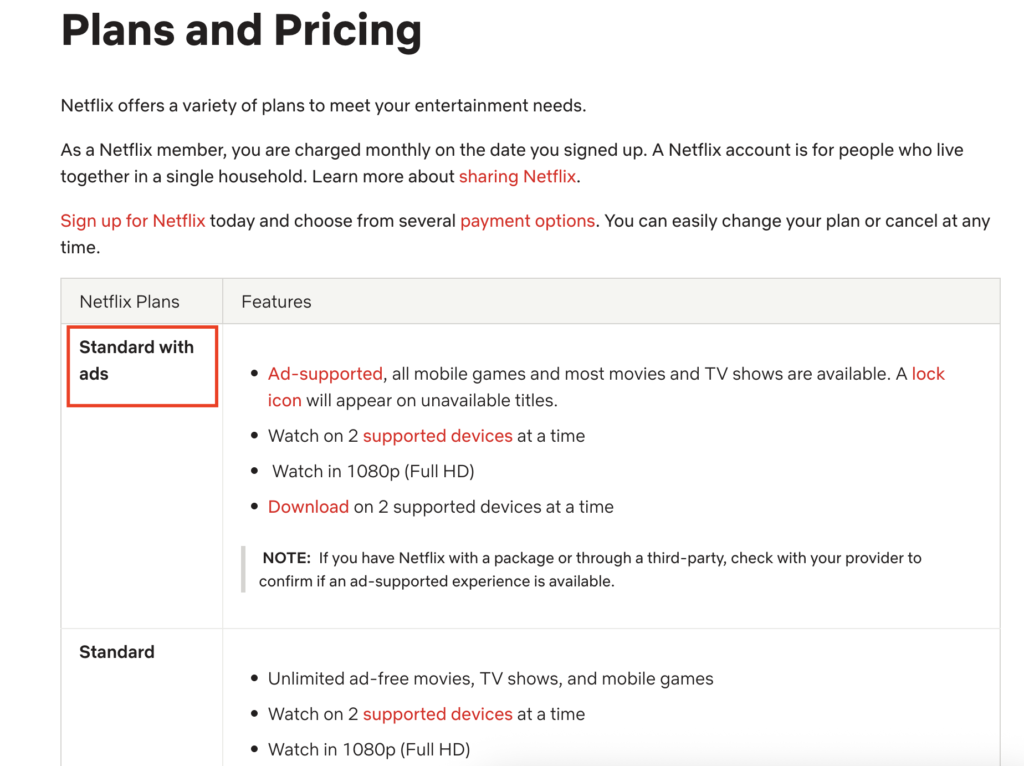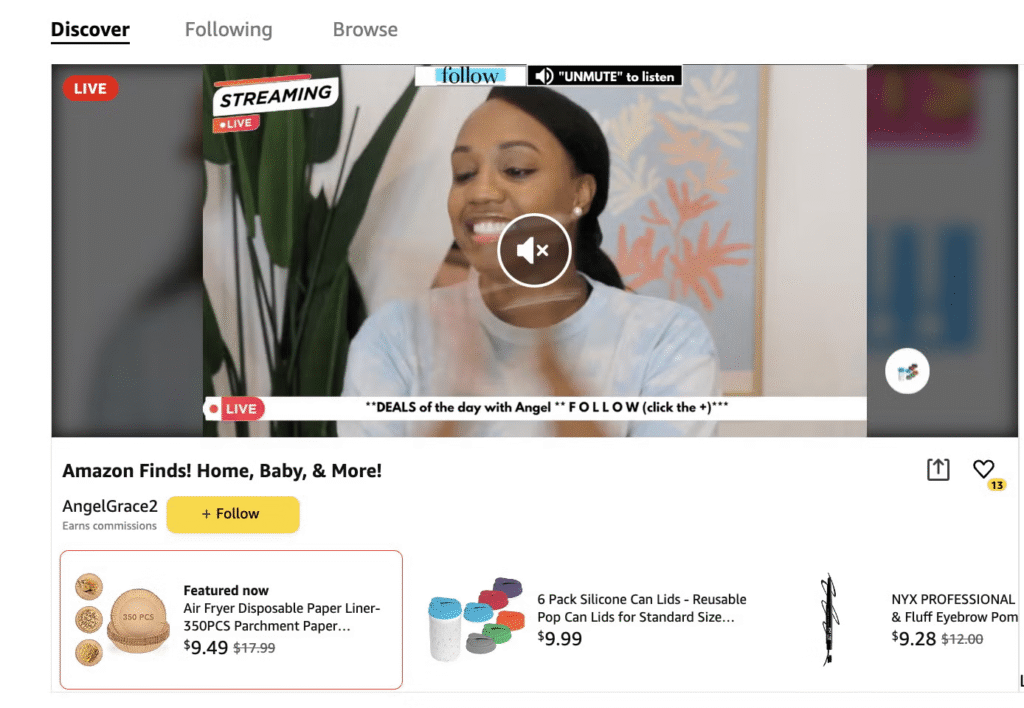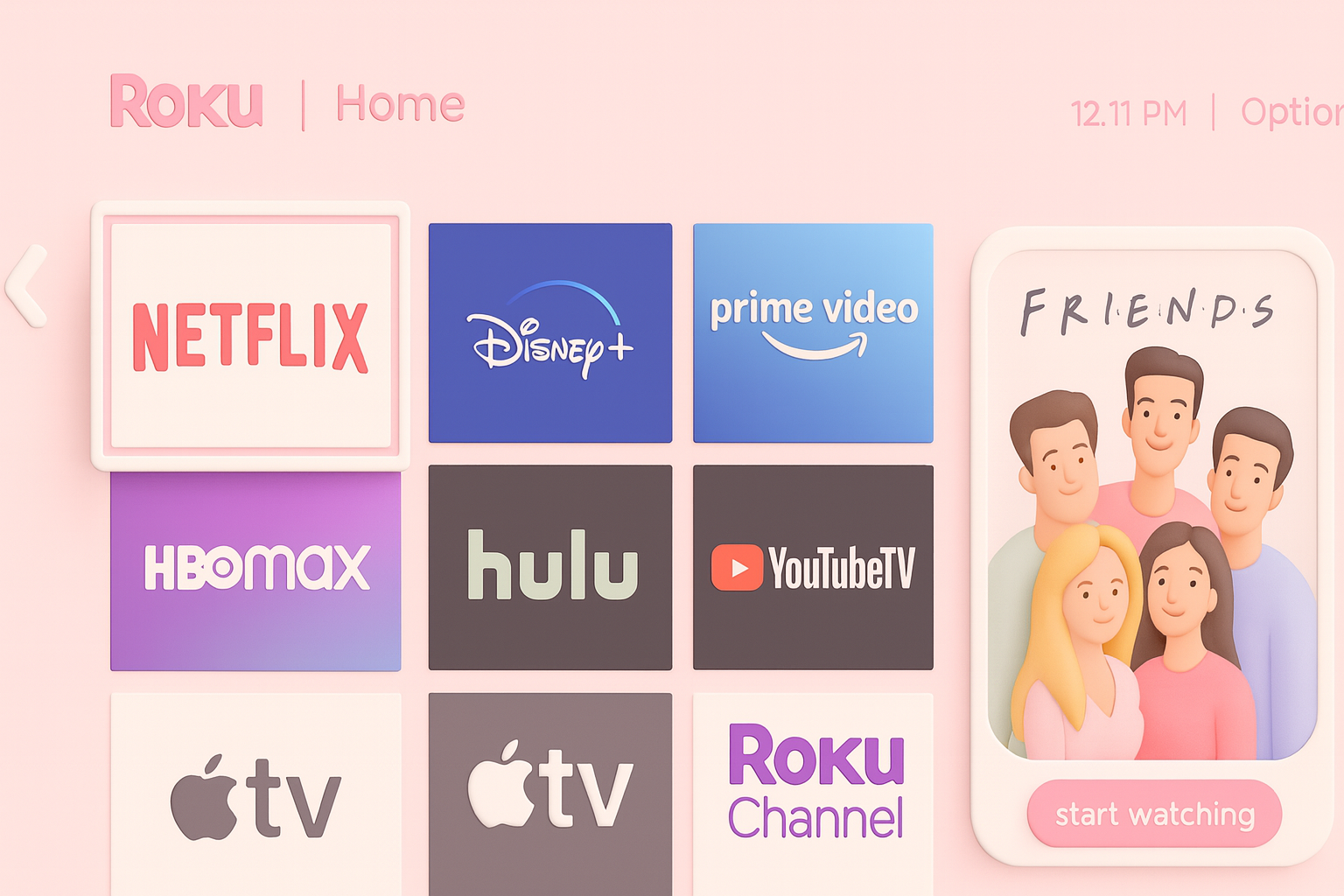The streaming industry continues to experience rapid change, driven by evolving consumer preferences, technological advancements, and market dynamics.
Not only are consumers using streaming for entertainment, but they’re also using online education platforms to stream content in their professional lives.
Understanding these shifts is essential for business professionals and brand managers to stay competitive in 2025 and beyond.
This guide examines five critical trends shaping consumer streaming behavior and provides actionable insights to help you adapt to these changes.
1. The Proliferation of Streaming Services and Bundling
Over the past decade, streaming platforms have multiplied dramatically, providing consumers with an unprecedented range of options. However, this explosion of choice has also created “subscription fatigue,” a phenomenon where consumers feel overwhelmed by the sheer number of services and their associated costs.
According to a 2024 report, U.S. households subscribe to an average of 4.7 streaming services, and many consumers are actively seeking ways to consolidate their subscriptions.

Bundling has emerged as a practical solution to this challenge. Services such as Disney+, Hulu, and ESPN+ offer combined packages at discounted rates, providing consumers with greater value while simplifying their choices.
For brand managers, bundling presents an opportunity to partner with complementary platforms and increase subscriber retention.
Companies that successfully integrate their offerings into attractive bundles will stand out in a competitive marketplace, especially if a partner platform has good reviews online, which could indicate how consumers might feel about the bundle decisions.
2. The Rise of Ad-Supported Models
Subscription fatigue is also driving the adoption of ad-supported models. These models allow platforms to offer free or lower-cost tiers, making streaming accessible to a broader audience while generating revenue through advertising.
Netflix, once a staunch supporter of ad-free streaming, introduced its Standard with Ads plan in 2023.

Similarly, Hulu and Peacock have successfully implemented ad-supported tiers, demonstrating that consumers are willing to tolerate ads in exchange for affordability.
This shift aligns with changing consumer expectations. Younger audiences, in particular, are accustomed to ad-supported content on platforms like YouTube and TikTok, making them more receptive to similar formats in traditional streaming services.
For marketers, the rise of ad-supported models provides an opportunity to reach engaged viewers in a premium environment.
However, striking the right balance between ad frequency and relevance is crucial to maintaining a positive user experience.
3. Demand for Personalized and Interactive Content
Personalization has become a cornerstone of consumer streaming behavior. Today, viewers expect tailored recommendations that cater to their unique tastes, and platforms are investing heavily in AI-driven algorithms to deliver on this expectation.
For example, Netflix’s recommendation engine uses machine learning to analyze viewing history, ratings, and even the time of day a user watches content.
This technology not only improves the user experience but also helps viewers discover new movies and shows, boosting engagement.
Interactive content is another growing trend. Shows like Netflix’s Black Mirror: Bandersnatch and YouTube’s interactive stories allow viewers to make decisions that influence the narrative, creating a more immersive experience.
Brands can leverage these trends by exploring opportunities for co-creating content with streaming platforms or developing interactive campaigns that resonate with audiences.
4. Integration of Social and E-Commerce Features
The convergence of streaming, social media, and e-commerce is reshaping the entertainment playground.
Platforms are increasingly integrating social features to enhance community engagement and e-commerce capabilities to monetize content innovatively.
One notable example is live-streaming e-commerce, a phenomenon that has gained immense popularity in China and is now expanding globally.
Platforms like Amazon Live and TikTok Shop allow creators to showcase products during live broadcasts, enabling consumers to make purchases in real time.

Streaming platforms are also introducing social features such as watch parties and live chat to foster a sense of community among viewers.
These interactions can drive engagement and loyalty, making streaming a more interactive and shared experience.
For brand managers, this trend opens up new avenues for customer engagement. Consider incorporating shoppable ads or partnering with influencers to reach audiences in these hybrid environments.
5. Emphasis on Data Privacy and Security
As streaming platforms increasingly rely on user data to deliver personalized experiences, concerns about privacy and security are rising.
Consumers are becoming more aware of how their data is collected, stored, and used, and they are demanding greater transparency and control.
According to data from Cisco’s 2024 Consumer Privacy Survey, 75% of consumers say they won’t purchase from an organization they don’t trust with their data.
In response, platforms are implementing stricter privacy policies and investing in cybersecurity measures to protect user information.
Brands that prioritize data ethics and clearly communicate their practices will gain a competitive edge in this environment.
For example, Netflix’s recent updates to its privacy policy explicitly outline how user data is used, helping to build trust with its audience.
Marketers should also be mindful of regulatory changes, such as the General Data Protection Regulation (GDPR) in Europe, and adapt their strategies accordingly to ensure compliance.
Key Takeaways for Brand Leaders
Understanding these trends is essential for professionals looking to navigate the streaming landscape effectively in 2025 and beyond.
Here are some actionable takeaways:
- Leverage bundling opportunities: Explore partnerships with complementary platforms to create bundled offerings that deliver value to consumers while increasing your market reach.
- Invest in ad-supported models: Consider how your brand can tap into ad-supported streaming tiers to reach cost-conscious audiences without compromising engagement.
- Embrace personalization and interactivity: Use data-driven insights to tailor content and campaigns, and explore interactive formats that enhance audience participation.
- Integrate social and e-commerce features: Develop strategies to engage audiences through social interactions and shoppable content, driving both loyalty and conversions.
- Prioritize data privacy: Build trust by adopting transparent data practices and staying ahead of regulatory changes to protect consumer information.
By implementing these strategies, businesses can stay ahead of industry shifts and position themselves to thrive in the ever-evolving streaming ecosystem.
Conclusion
The streaming industry is at a pivotal moment, with rapid changes reshaping how consumers interact with content.
By staying informed about key trends such as bundling, ad-supported models, personalization, social and e-commerce integration, and data privacy, business professionals can position their brands for success in this dynamic market.
Understanding consumer streaming behavior isn’t just about analyzing watch time or subscription numbers, but also recognizing the broader shifts in technology, economics, and culture that drive these behaviors.
With the right strategies in place, brands can not only meet the needs of today’s viewers but also anticipate the demands of tomorrow’s generation.








